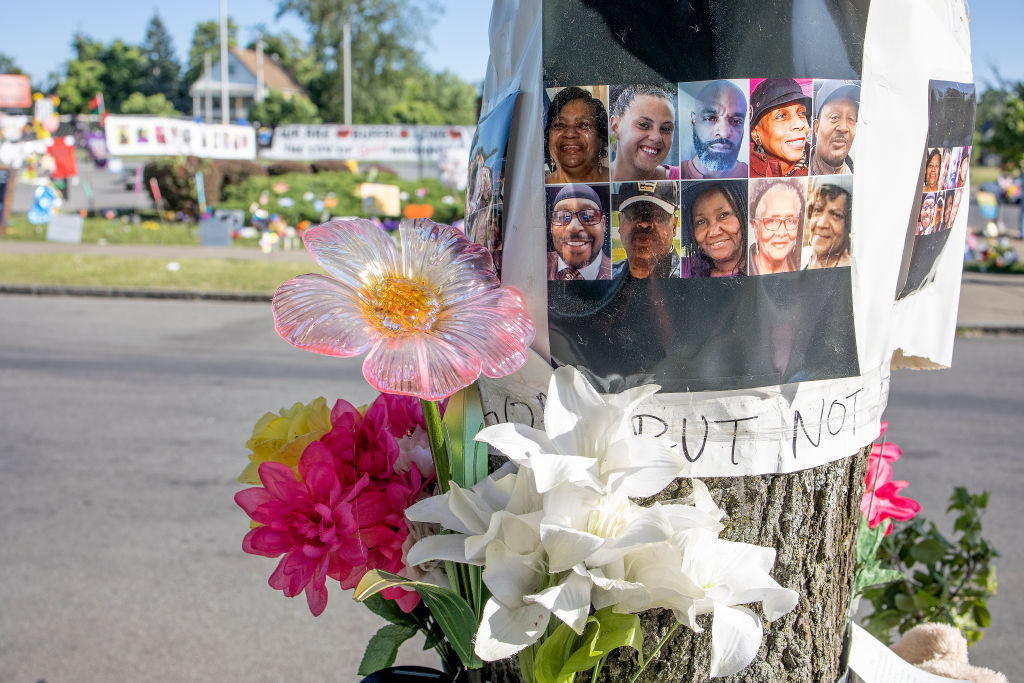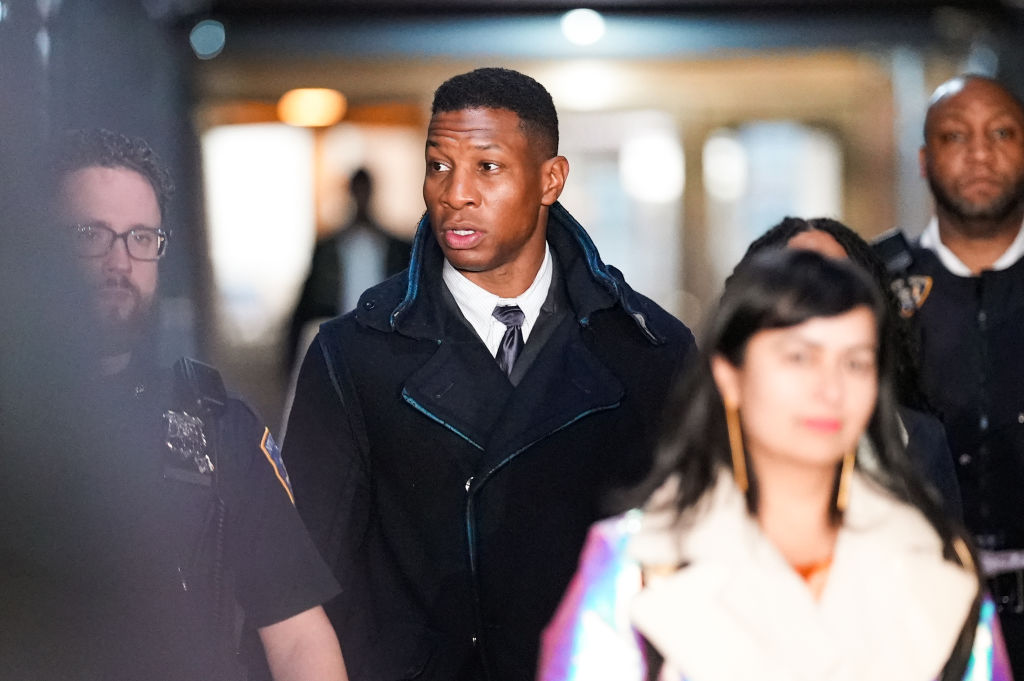
This article examines how modern far-right terrorism repeats themes from the Reconstruction era following the American Civil War. Ida B. Wells recounts in her book “A Red Record” the lynching of a Black farmworker named Daniel Edwards near Selma, Alabama. Edwards had developed a consensual relationship with a white woman and fathered her child. He was taken from jail, hanged, and his body was filled with bullets. A message pinned to his back read “Warning to all [N-words] that are too intimate with white girls. This the work of one hundred best citizens of the South Side.”
During the book’s opening chapter, Wells recalls Frederick Douglass identifying three justifications used for lynchings in the post-war South. Each justification developed as the prior became implausible. Douglass argued white men lynched Black men to suppress “race riots,” suppress the Black vote, and protect white women’s virtue against Black rapes and assaults. “The orderly arrangement and periodicity of excuses are significant,” Douglass argued. “They show design, plan, purpose, and invention.”
Remarkably, over 100 years later, those same three justifications still animate the modern far-right. Each was an early version of the “Great Replacement” conspiracy theory, which posits an ongoing replacement of American whiteness orchestrated by Jews and elites. This motivates most white supremacist terrorism today, including the deadly attack in Buffalo two years ago. The “Great Replacement” theory is fundamental to America dating from lynchings to modern white supremacist acts of terrorism like those in Charleston, El Paso, Buffalo, and beyond. Languages used in manifestos from those attacks hearkens back to excuses used for lynching.
For instance, Dylann Roof justified murdering nine Black churchgoers in Charleston by evoking the need to protect white communities from Black violence. A manifesto from the Buffalo shooter outlined grievances against African Americans and genocidal intent. Kyle Rittenhouse said he traveled to Kenosha to “protect” businesses and people.
The complaint of minority vote dilution is also common. It was a primary driver for the El Paso shooter who killed 23. He wrote immigrants intended to “enact a political coup.” The Buffalo shooter made similar claims. In the post-Reconstruction years, efforts to suppress the Black vote were ultimately successful. Terrorism expert Daniel Byman said “White racists’ victories during Reconstruction gave them a repertoire of violence to draw on.” Declarations doubting elections are now frequently issued.
Finally, modern far-right terrorists still invoke protecting white women from licentious Black men. Roof told victims he had to act because “you rape our women.” The Buffalo shooter’s manifesto also seethed about Black youth. Both attacks conformed to reflections that anti-black terrorism lists attacks justified by specter of black rape.
Despite ideological echoes, globalization and progress have broadened the targets of white supremacist vitriol. But the Black population remains foremost. As a terrorism scholar said, “African Americans remain.” The political right often defends platforms justifying far-right violence during both eras.


